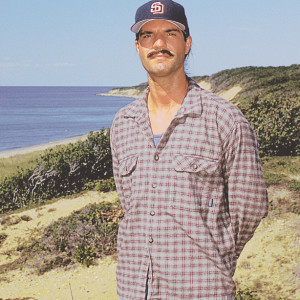3-2-1. It has long been a simple way to learn and remember the proper line configuration for a tug towing a barge alongside. There are valid variations, of course, but 3-2-1 remains the proper starting point.
Some may say, “Everybody knows that!” But my experience has shown me that, in fact, everybody doesn’t know it. It’s one of the many things about towing that should be universally known and understood but has noticeably slipped over time.
I stress the “understood” part because even if a crew has been trained to do it right they may not know exactly why it should be done that way. The “why” is just as important.
When towing alongside, there are usually three lines in use. They are, from bow to stern, a head line (three-part); spring line (two part); and a stern line (single part). The spring line may be referred to as the towing spring, towing strap or shoulder line.
The head line should typically be put out as a three-part line. It’s not tremendously complicated but it does take longer, requires more effort, and also requires more seamanship skills. It’s not unreasonable to wonder why you shouldn’t just use a two-part line. Well, because the head line is the most important of the three lines used for maintaining full directional control over the tow. Therefore, the head line is the line you can least afford to break. If you break it, you’re in immediate trouble. And sooner or later you will break a line, so you always want to deliberately make your weakest link something other than the head line.
Assuming that the lines are all the same size, strength and physical condition, then a three-part head line is the strongest. Just as important, that third part adds 33% more linear feet of shock-load absorber to your head line.
Who cares? You might, after encountering the powerful wake of a Staten Island ferry doing 18 knots across the Upper New York Bay on a windy night.




